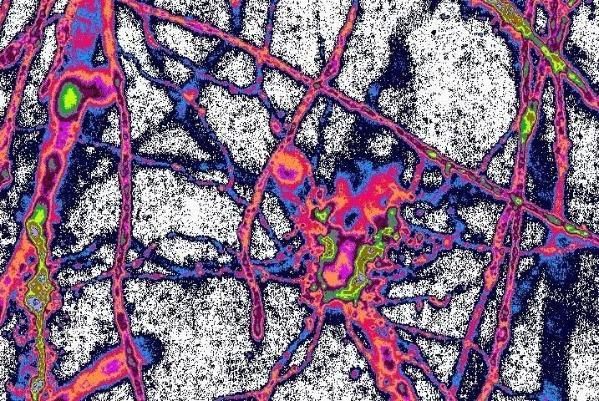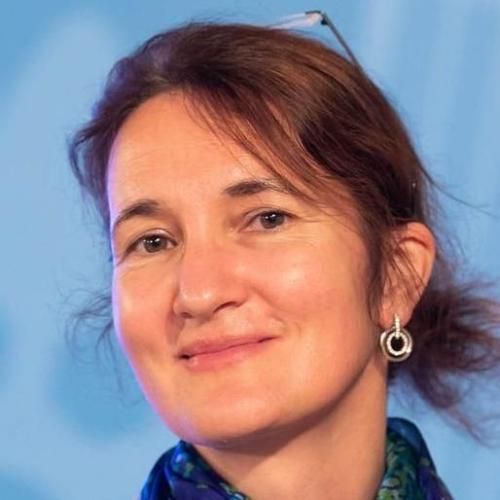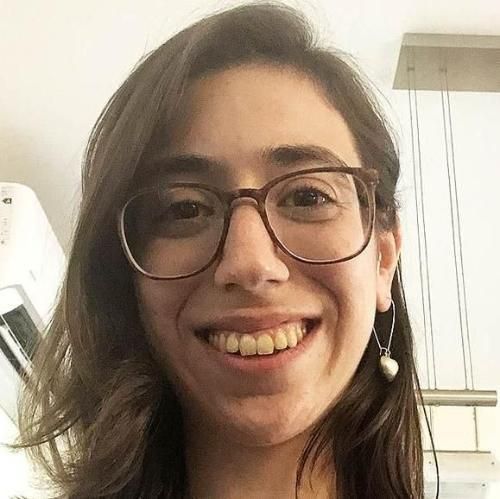Laboratory of Neuronal and Glial Physiology

Responsable: Maria Kukley
Centro (uo): Achucarro Basque Center for Neuroscience
Correo electrónico: maria.kukley@achucarro.org
Página web: https://www.achucarro.org/es/laboratory/neuronal-and-glial-physiology/
Our research focuses on understanding the role of NG2-glia during spinal cord injury (SCI). The World Health Organization reports that 300.000 – 500.000 people suffer SCI every year, and recovery after SCI is slow and incomplete. Hence, there is an urgent need to develop new therapeutic approaches for promoting functional repair after SCI. The NG2-glia, glial cells expressing the proteoglycan neuron-glia antigen 2 (NG2), are widespread in grey and white matter of the brain and the spinal cord of animals and humans. These cells are intriguing because on the one hand, they have properties of immature progenitors being able to migrate, proliferate, and differentiate, while on the other hand, they persist in high numbers in the adult central nervous system, express complex set of ion channels and receptors, receive synaptic input from neurons, and sense neuronal activity in a pattern-specific fashion. NG2-glia is an important player during SCI: these cells are the major components of glial scar, but also represent the source of new oligodendrocytes for re-myelination of neuronal axons. In our laboratory, we use a clinically relevant mouse model of SCI to study functional role of ion channels and receptors in NG2-glia during SCI. Our research is expected to highlight new molecules and new signaling pathways playing a role in the pathogenesis of SCI and, over the long-term, may lead to the generation of new drugs for management of SCI injury. FUNDING Our work is supported by the IKERBASQUE (Basque Foundation for Science), the Spanish Ministry of Science and Innovation (grant PID2019-110195RB-I00), and the Basque Government PIBA Project (PIBA 2020_1_0030).
Investigadores/as
Clasificaciones
- Centros (c): Achucarro Basque Center for Neuroscience



